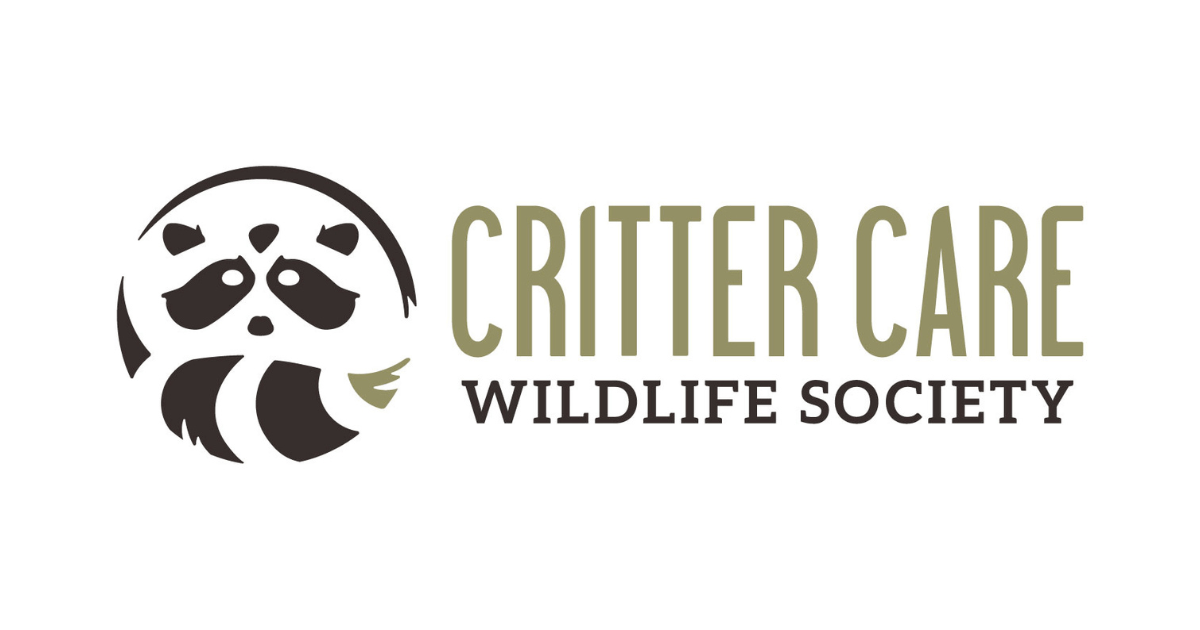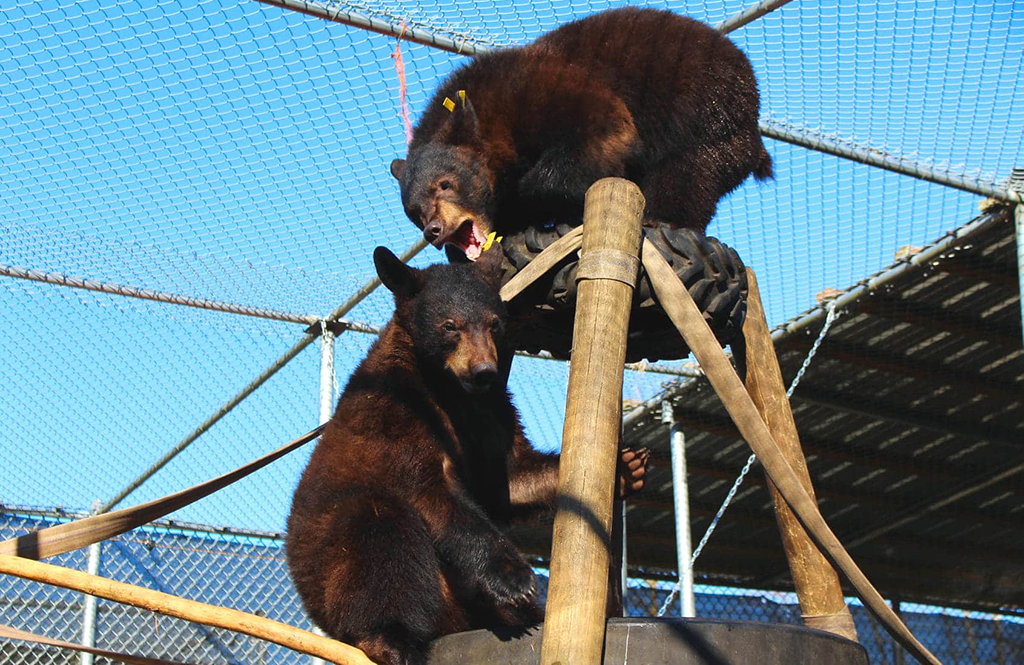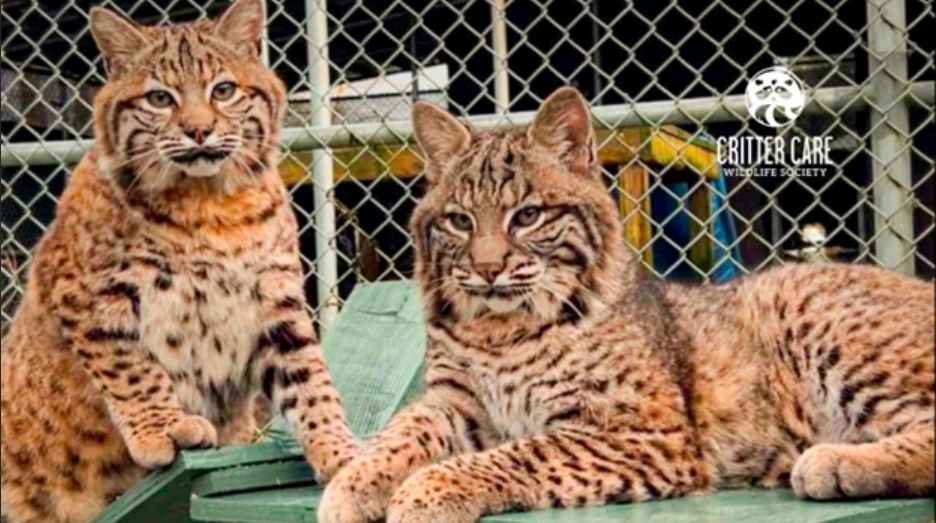What is here today can be gone tomorrow. Every life is a miracle, every life deserves a second chance.
- Gail Martin -
Strategies for Enhancing Urban Wildlife Conservation
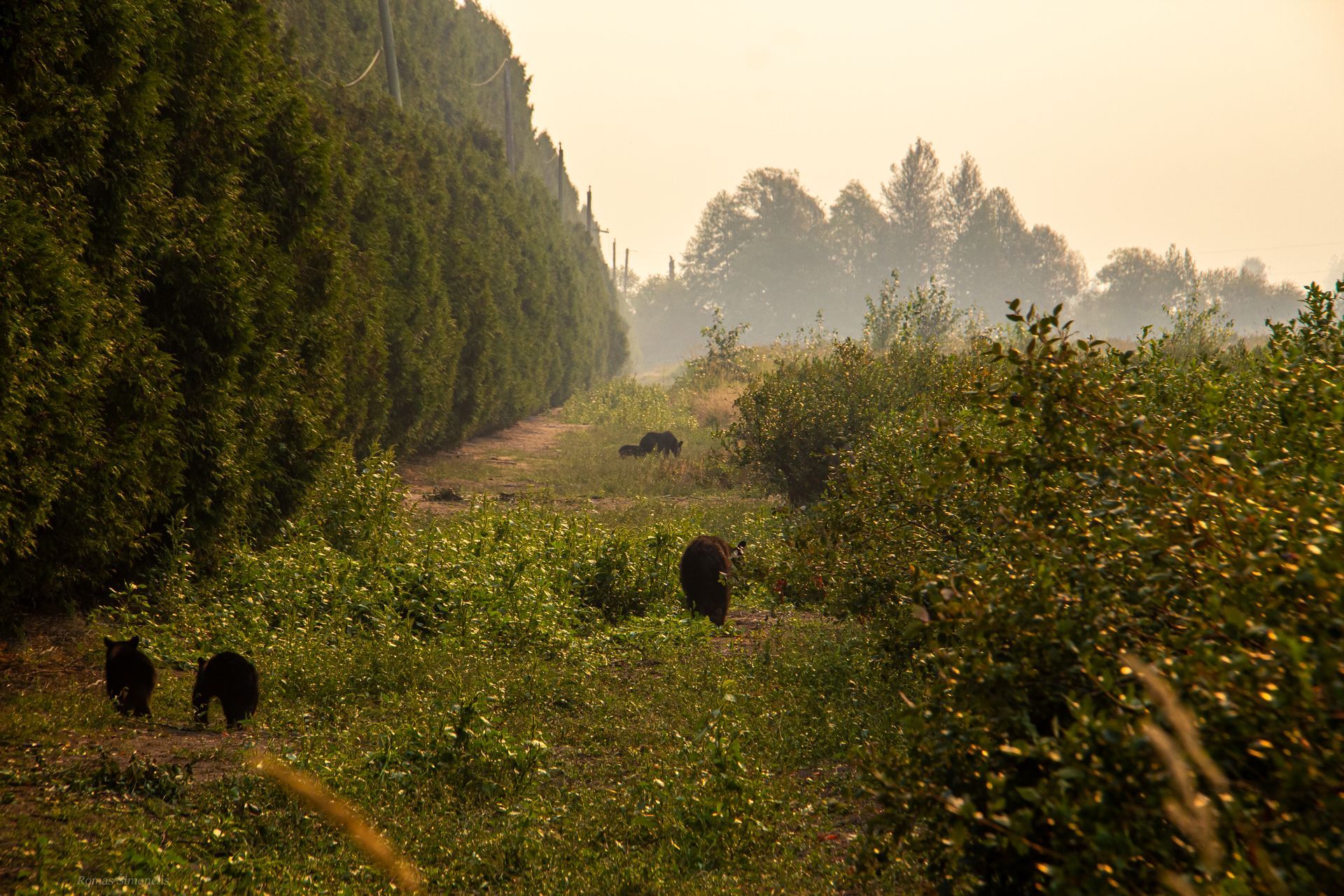
As cities expand and urban development increases, wildlife faces unique challenges. From habitat loss to human-wildlife conflicts, urban environments present significant threats to local species. However, with thoughtful planning and community involvement, cities can become a haven for wildlife, promoting biodiversity and ecological health. This article explores practical strategies for enhancing urban wildlife conservation, offering ways we can coexist with the creatures that share our urban spaces. It’s all about co-existing!
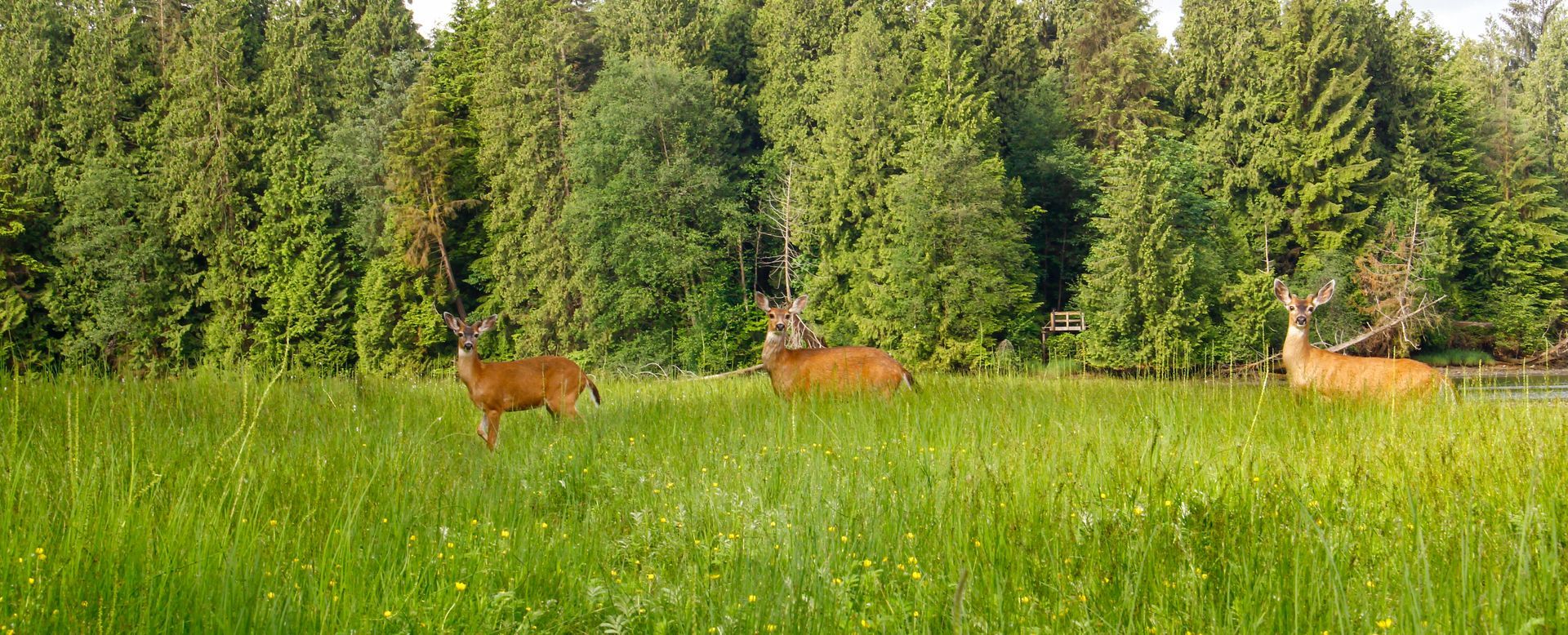
Understanding the Impact of Urbanization on Wildlife
There's no doubt about it: urbanization has a dramatic impact on wildlife. As cities grow, natural habitats are fragmented or destroyed, leaving animals with fewer resources and limited space. This disruption forces wildlife into closer contact with humans, often leading to conflicts or harm to both people and animals. Raccoons rummaging through trash, birds colliding with windows, and coyotes and bears wandering through neighbourhoods are all examples of urbanization's impact on wildlife.
Despite these challenges, many species have shown remarkable resilience, adapting to urban environments in surprising ways. However, adaptation alone is not enough to ensure their survival. Cities must take active steps to support and protect wildlife by creating environments that allow them to thrive.
Key Strategies to Support Biodiversity in Cities
To effectively enhance urban wildlife conservation, cities can implement several strategies that benefit both wildlife and residents. These initiatives can help balance the needs of urban development with the preservation of natural ecosystems.
1. Creating Wildlife Corridors and Green Spaces
One of the most effective ways to support urban wildlife is by creating wildlife corridors and expanding green spaces. Wildlife corridors are pathways that allow animals to move safely between fragmented habitats. These corridors can be as simple as green strips along roads or as complex as bridges that span highways, specifically designed for animal crossings.
Green spaces, such as parks and community gardens, provide vital habitats for a variety of species. These areas can attract pollinators like bees and butterflies, provide food sources for birds, and create shelter for small mammals and amphibians by planting native vegetation. In addition, green spaces offer urban residents a chance to reconnect with nature, benefiting both physical and mental health. In other words, they are beneficial for humans, too!
2. Mitigating Human-Wildlife Conflicts
Human-wildlife conflicts are a common challenge in cities. However, many of these conflicts can be mitigated with proper education and planning. For example, securing garbage bins with wildlife-proof lids can prevent animals like raccoons from scavenging. Additionally, encouraging residents to avoid feeding wildlife helps prevent animals from becoming dependent on human food sources, which can lead to more dangerous interactions.
For species like birds, simple solutions such as using bird-safe glass or placing decals on windows can significantly reduce collisions. Planting trees and shrubs can also provide shelter and nesting sites, further supporting bird populations.

3. Encouraging Native Species in Urban Landscaping
Using native plants in urban landscaping is another essential strategy for supporting biodiversity. Native plants are adapted to the local climate and soil conditions, making them more resilient and requiring less maintenance. They also provide essential food and shelter for native wildlife, such as insects, birds, and small mammals.
In contrast, non-native plants may not offer the same ecological benefits and can sometimes become invasive, outcompeting native species and disrupting local ecosystems. By prioritizing native plants in urban green spaces, cities can help maintain the balance of their natural environments.
4. Sustainable City Planning for Biodiversity
Urban planners and policymakers play a crucial role in wildlife conservation. Incorporating wildlife-friendly designs into city planning ensures that wildlife needs are considered alongside human infrastructure. This can include designing parks and public spaces that serve as habitats, incorporating natural water sources, and creating buffer zones between urban development and sensitive wildlife areas.
Additionally, city planners can work to reduce light and noise pollution, which can disturb nocturnal species and interfere with their natural behaviors. By implementing dark sky initiatives and creating quiet zones, cities can reduce these stressors on wildlife populations. Again, we humans can really benefit by a reduction in noise pollution too.
Public Education and Advocacy for Wildlife Protection
Conservation efforts are most successful when communities are engaged and informed. Public education plays a key role in raising awareness about the importance of wildlife conservation and how residents can contribute. Hosting workshops, creating educational signage in parks, and promoting wildlife-friendly behaviours through social media can inspire people to take action.
Schools can also play an important part in educating the next generation about conservation. Programs that involve students in habitat restoration projects or wildlife monitoring can foster a lifelong appreciation for nature and a commitment to protecting the environment.
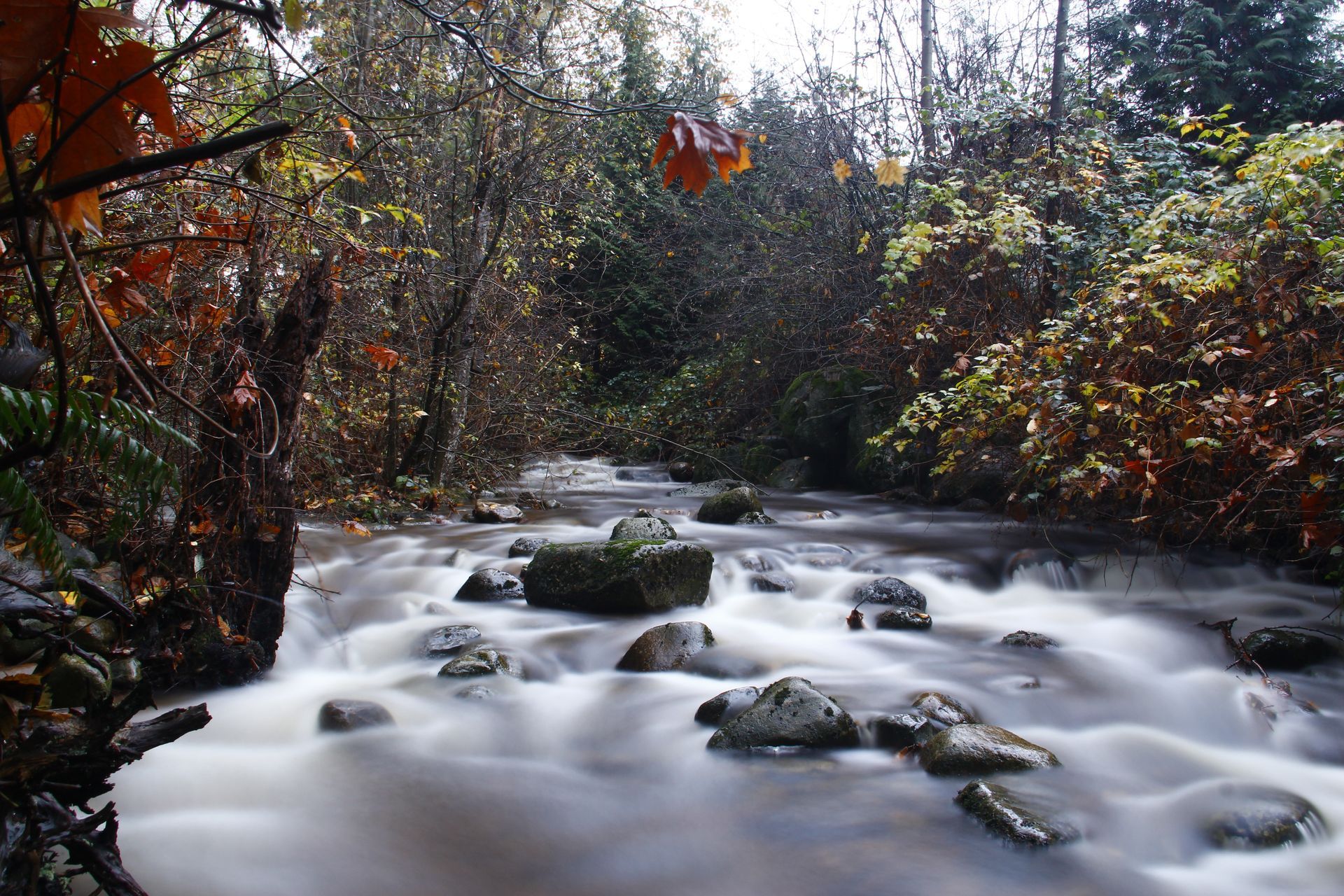
The Role of Community Engagement in Urban Conservation
Community involvement is essential for successful urban wildlife conservation. Residents can take small but meaningful actions to support local wildlife, such as planting pollinator gardens and participating in local clean-up efforts.
Neighbourhood groups can also advocate for more green spaces, push for policies that protect wildlife, and support local conservation initiatives. By working together, communities can create a positive impact on their urban environments, making cities more livable for both people and wildlife
Supporting Wildlife Corridors and Greenspaces
Wildlife corridors are crucial for maintaining genetic diversity among animal populations. Without access to large areas of habitat, animals are at risk of inbreeding and losing their resilience to environmental changes. Supporting the creation of these corridors within cities, such as green roofs, parks, and even carefully designed streetscapes, allows for safe passage for animals and helps to maintain ecosystem stability.
The Importance of Urban Biodiversity
Biodiversity refers to the variety of life within a particular habitat or ecosystem. High biodiversity strengthens ecosystems, making them more resilient to changes such as climate fluctuations, natural disasters, or disease outbreaks. By enhancing biodiversity in urban areas, cities contribute to the overall health of the planet.
Urban biodiversity also brings direct benefits to city residents. Green spaces with diverse plant and animal life offer aesthetic, recreational, and psychological benefits. Studies have shown that exposure to nature can reduce stress, improve mood, and even enhance cognitive function. Thus, promoting urban biodiversity isn't just good for wildlife—it's good for people, too.
If you’re interested in seeing a powerful example of biodiversity in action, check out, The Biggest Little Farm, on Netflix. This inspiring documentary follows a Los Angeles couple who, motivated by their pet dog, embark on an eight-year journey to create a biodiverse farm, facing both triumphs and challenges along the way. It beautifully illustrates the resilience and importance of ecosystems.

Climate Change and Its Impact on Urban Wildlife
Climate change presents another significant challenge for urban wildlife. Rising temperatures, more frequent storms, and shifting precipitation patterns all affect animal habitats and food sources. Some species may be forced to move to new areas in search of suitable conditions, while others may struggle to survive in their altered environments.
Cities can help wildlife adapt to climate change by creating resilient, biodiverse ecosystems. Planting drought-resistant species, creating water-efficient landscapes, and reducing the urban heat island effect through green infrastructure are all effective strategies. By making cities more climate-resilient, we can also make them more hospitable for wildlife.
A Collaborative Effort for Urban Wildlife Conservation
Enhancing urban wildlife conservation is a collaborative effort that requires the participation of city planners, policymakers, communities, and individuals. By creating wildlife corridors, supporting native species, mitigating conflicts, and raising public awareness, we can create cities that are not only livable for humans but also for the animals that share our environment.
At Critter Care Wildlife Society, we are committed to protecting and caring for wildlife. Through education, advocacy, and hands-on care, we strive to ensure that wildlife can thrive even in the midst of urbanization. Together, we can transform our cities into places where both people and wildlife thrive. Let’s take action now to protect the biodiversity that enriches our lives and our world.
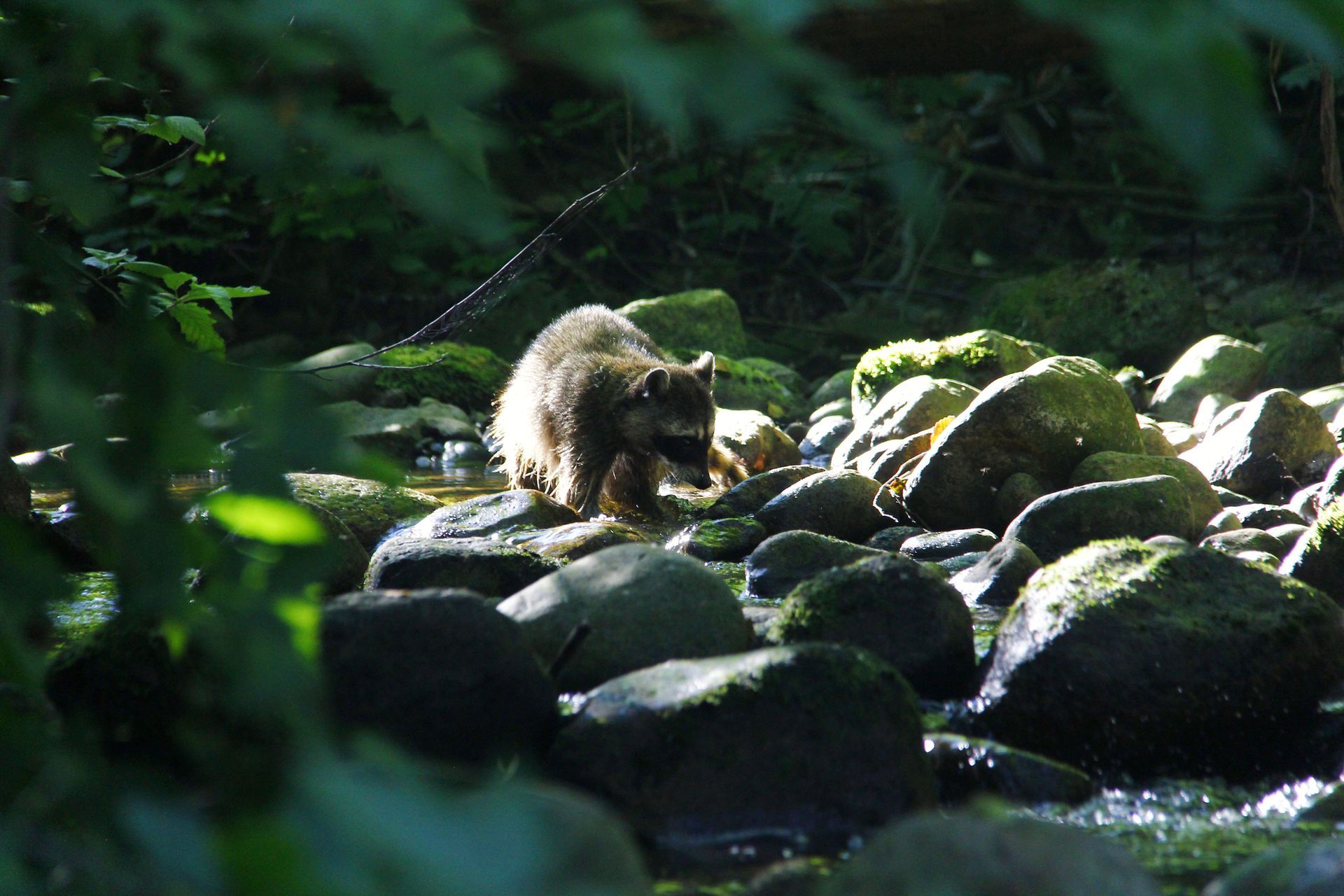
Photos By: Romas Šimonėlis. Please do not duplicate, copy or use without permission.
Sources:
1. Critter Care Wildlife Society. “The Urbanization of Wildlife.” Retrieved from: https://www.crittercarewildlife.org/Wildlife-urbanization
2. World Animal Protection. “Live in Harmony with Urban Wildlife.” Retrieved from: https://www.worldanimalprotection.ca/blogs/live-in-harmony-with-urban-wildlife/
3. Oregon Conservation Strategy. “Conservation in Urban Areas.” Retrieved from: https://www.oregonconservationstrategy.org/conservation-toolbox/conservation-in-urban-areas/
4. Institute of Sustainability Studies. “Reviving Urban Biodiversity: How Cities Can Drive Nature Conservation.” Retrieved from: https://instituteofsustainabilitystudies.com/insights/lexicon/reviving-urban-biodiversity-how-cities-can-drive-nature-conservation/
5. C40 Knowledge Hub. “How to Enhance, Restore, and Protect Biodiversity in Your City.” Retrieved from: https://www.c40knowledgehub.org/s/article/How-to-enhance-restore-and-protect-biodiversity-in-your-city?language=en_US
Critter Care Wildlife Society News
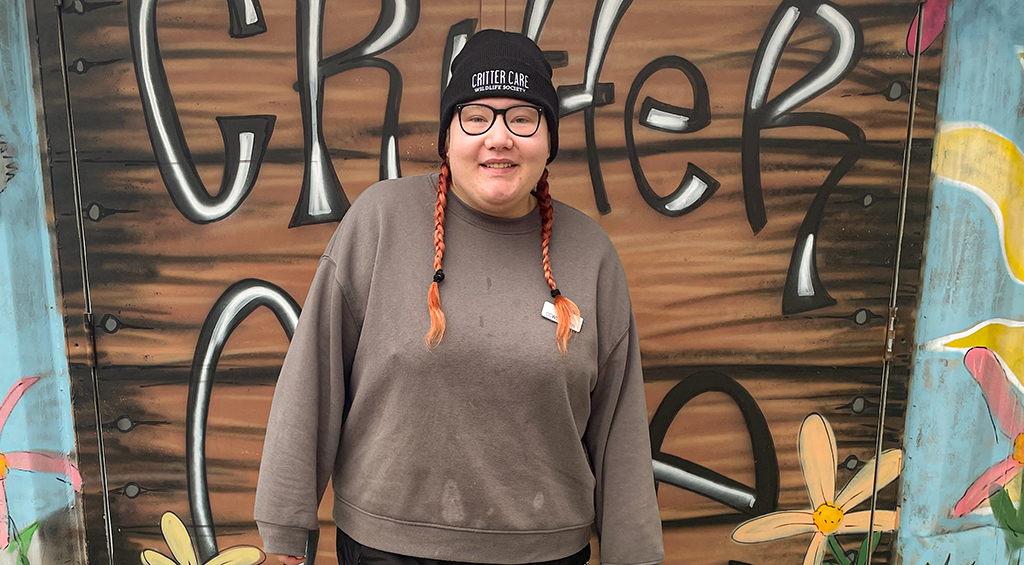
Sign up to get inspiring stories of rescue,
rehabilitation and release from Critter Care
Be the first to receive our newsletter, new blog posts, and updates
about our most critical needs and community news.
Thank you for signing up. We will be sending important updates right to your inbox.
Please try again later.
